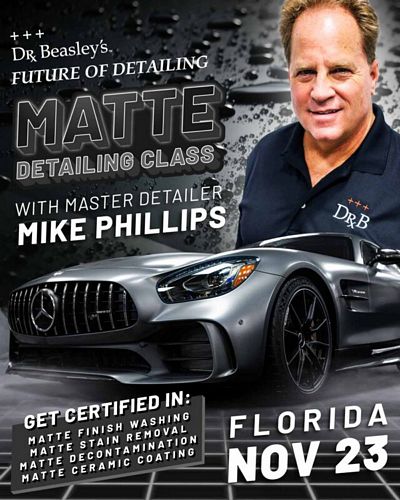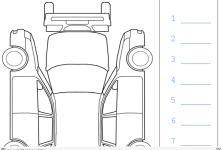- Admin
- #1
- Joined
- May 21, 2021
- Messages
- 1,712
- Reaction score
- 968
- Points
- 113
- Location
- Stuart, Florida
- Website
- themikephillipsforum.com
How to Fix ETCHING from Bird Droppings! (Clear Coat Damage Repair)
Local car guy brought me this super nice build 1967 Camaro SS with 5-6 bird dropping etchings. This car obviously has been restored and rodded, so it has a custom basecoat/clearcoat paint job. Even so, there's always the worry of sanding or buffing through the clearcoat layer and exposing the basecoat layer.
The owner said they bird dropping etchings bothered him so much that he wanted me to try to remove them and in a worst case scenario I sand or buff through - he would get the hood repainted. In other words, the problem is going away one way or the other.
Here's video,
This is a shortened version of the original LIVE broadcast
Mike
Local car guy brought me this super nice build 1967 Camaro SS with 5-6 bird dropping etchings. This car obviously has been restored and rodded, so it has a custom basecoat/clearcoat paint job. Even so, there's always the worry of sanding or buffing through the clearcoat layer and exposing the basecoat layer.
The owner said they bird dropping etchings bothered him so much that he wanted me to try to remove them and in a worst case scenario I sand or buff through - he would get the hood repainted. In other words, the problem is going away one way or the other.
Here's video,
This is a shortened version of the original LIVE broadcast
Mike






